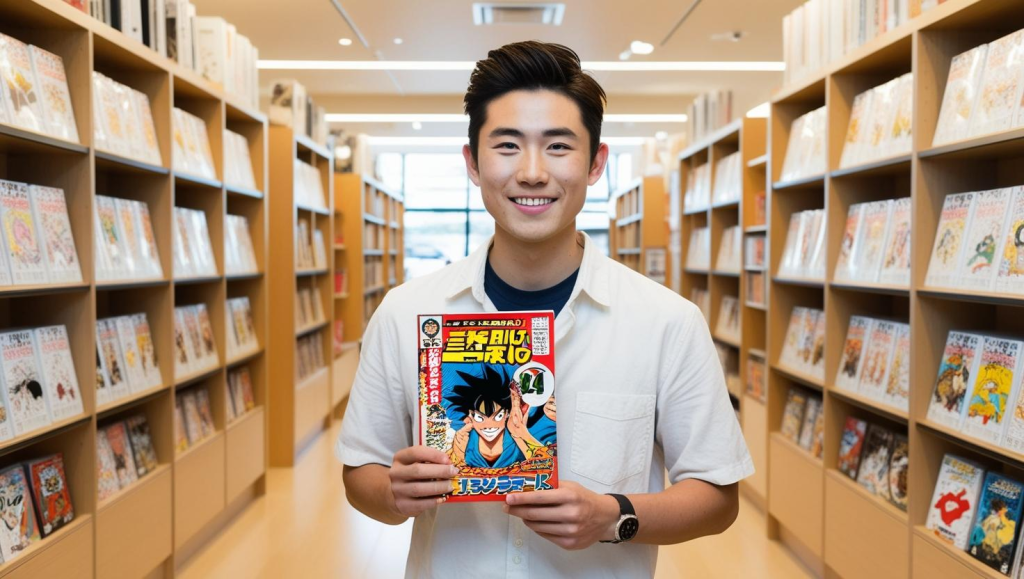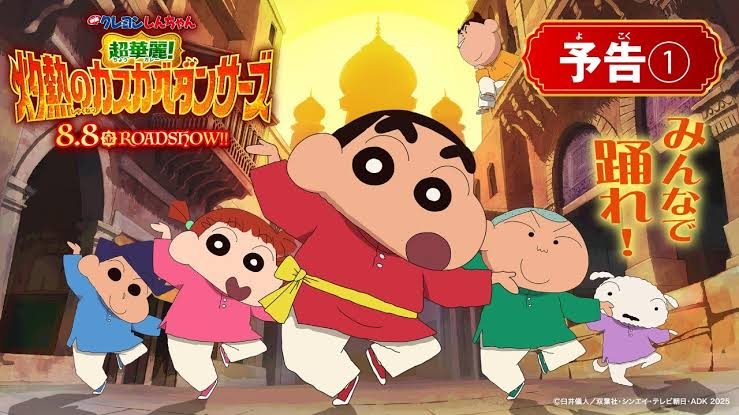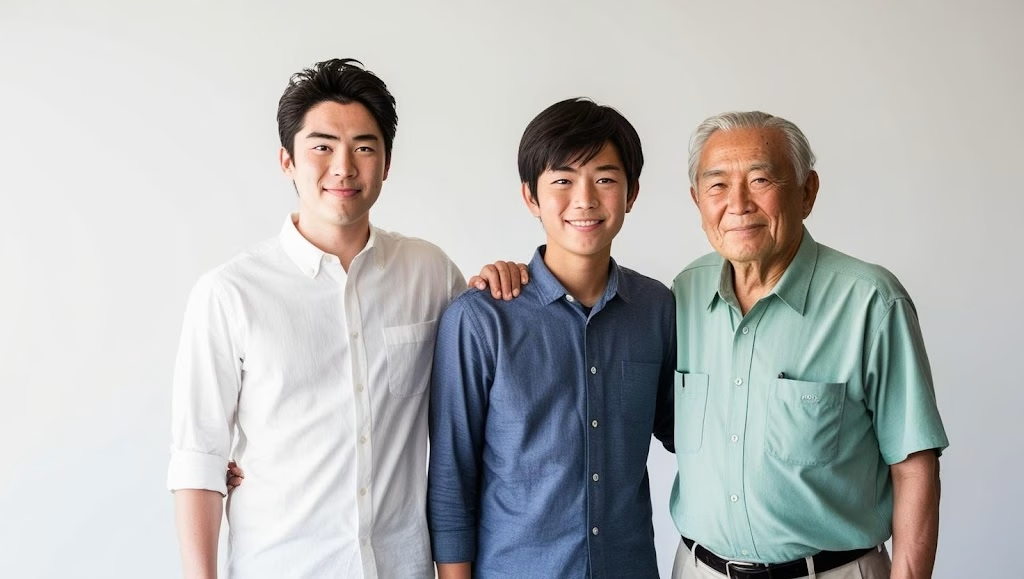Japanese popular culture is rich in comic works, commonly known as manga. However, within this vast world of manga, there is a unique and interesting branch that often causes confusion for new fans: doujinshi. While both are Japanese comics, doujinshi and manga differ significantly in terms of production, distribution, content, and their place within the Japanese creative industry. Let’s dive into the differences between doujinshi and manga in detail.
Origin and Definition
Let’s talk about the origins and definitions of doujinshi and manga. Manga, in simple terms, are Japanese comics that are professionally produced and commercially distributed through major publishers such as Shueisha, Kodansha, and Shogakukan. They go through a rigorous editorial process, from scriptwriting, drawing, to printing and marketing. Manga comes in a variety of genres, from shonen (for boys) and shojo (for girls) to seinen (for male young adults) and josei (for female young adults), as well as other genres such as horror, sci-fi, and comedy.
Manga are comics created in Japan or in the Japanese language. Many Japanese manga are exported worldwide and the word manga has become a popular word in Japanese culture.
Doujinshi, on the other hand, are comics created independently by fans (called doujins) and distributed non-commercially or semi-commercially at special events such as Comiket (Comic Market), the world's largest manga convention. The word "doujinshi" itself means "similar works" or "amateur works". Doujins create doujinshi based on their passion, often inspired by manga, anime, games, and other pop culture works. They are not bound by the rules and restrictions of major publishers, allowing for freer creativity and experimentation.
Doujinshi is the creation of derivative works or the publication of original works by amateurs who share a common interest. They usually exhibit and sell doujinshi at Comiket or comic markets. Professional manga artists also sometimes publish doujinshi.

Production and Distribution Process
Let’s talk about the production and distribution process of doujinshi and manga. The manga production process involves a large team, including screenwriters, illustrators, editors, and marketing teams. The long and structured production process ensures quality and consistency in each release. Manga is distributed through a wide network of bookstores, comic shops, and online platforms, reaching a large audience throughout Japan and even internationally.
Manga is published through a publisher. The author does not spend any money to produce his manga. The publisher advertises, registers the book, and sells it to bookstores. However, manga is usually published after receiving input or suggestions from the publisher. Manga is registered through the publisher, so that manga can be found in bookstores. In addition, manga can also be found on e-commerce sites and sold in hard copy or soft copy.
In contrast, doujinshi are produced independently by doujin or doujin groups. They are responsible for every stage of production, from writing the script to printing and distribution. This process is often simpler and faster, but also more challenging due to limited resources and experience. Distribution of doujinshi is generally done through direct sales at doujinshi events, both online and offline, and through private sales. While some doujin are successful and profitable, the primary goal of doujinshi creation is usually not profit, but rather the expression of creativity and sharing of works with fellow fans.
Doujinshi is published at one's own expense without going through a publisher. Thus, the author can express his/her work without any publisher's interference. However, all publishing costs must be borne by the author himself/herself. Doujinshi is not often found in bookstores. This is because doujinshi is usually made according to self-expression and is not sold for profit which often goes against market demand. Usually doujinshi is sold at a doujinshi sales event called Comiket.
Content and Genre
Let’s talk about the content and genres of doujinshi and manga. Manga offers a variety of genres that have been refined over the years, with high standards of quality in terms of art and story. Common genres include action, adventure, romance, comedy, horror, mystery, and more. Manga often follows a long and complex storyline, spread across multiple volumes.
Doujinshi, because of their independent nature, have much greater freedom in terms of content and genre. The most common genre is fanfiction, which is a work that is set in the characters and world of an existing manga, anime, or game. Doujinshi fanfiction often explores relationships between characters that are not in the original work, or creates alternate storylines. In addition to fanfiction, doujinshi also encompasses a variety of other genres, including original works, and even more mature genres such as erotica and hentai (adult comics). The quality of the art and story varies depending on the skill and experience of each doujin.
Copyright Law and Restrictions
Let's talk about copyright laws and restrictions on doujinshi and manga. Manga is subject to strict copyright laws. Publishers retain full rights to the works they publish, and copyright infringement can result in legal action.
Doujinshi exist in a legal gray area. While many doujinshi are based on copyrighted works, they are generally allowed to be used as long as they do not constitute commercial copyright infringement. However, some doujin can face legal trouble if they generate significant profits from works based on other people's works without permission. The line between fair use and copyright infringement is often a subject of debate.
Commercialization and Profit
Let's talk about the commercialization and profit of doujinshi and manga. Manga is a commercial product that aims to generate profit. Publishers invest large amounts of money in the production and marketing of the manga they publish, hoping to make a financial profit.
Doujinshi are essentially non-commercial, although some successful doujins may make a profit from the sale of their work. The profits are usually used to fund the production of subsequent doujinshi or to cover production costs. The primary goal of creating doujinshi is not financial gain, but rather personal satisfaction and sharing the work with fellow fans.
Community and Culture
Let’s talk about the doujinshi and manga community and culture. Manga has a large and structured fanbase, with many online and offline communities dedicated to specific genres and series.
Doujinshi has a strong community centered around doujinshi events such as Comiket. These events create an atmosphere of direct interaction between doujin and fans, allowing for a direct exchange of ideas and works. The community is more informal and focuses on creativity and sharing passion.
Conclusion
In short, although both are Japanese comics, doujinshi and manga are very different in many aspects. Manga is a professionally produced commercial product, while doujinshi is an independent work created by fans. The differences between doujinshi and manga are also reflected in their production process, distribution, content, and place in Japanese popular culture. Understanding the differences between doujinshi and manga is important to appreciate the richness and diversity of Japanese comic culture. Both doujinshi and manga have unique and valuable roles in shaping the dynamic and innovative landscape of Japanese visual culture.


















